Home>Gardening & Outdoor>Landscaping Ideas>What To Use To Kill Dandelions In Grass
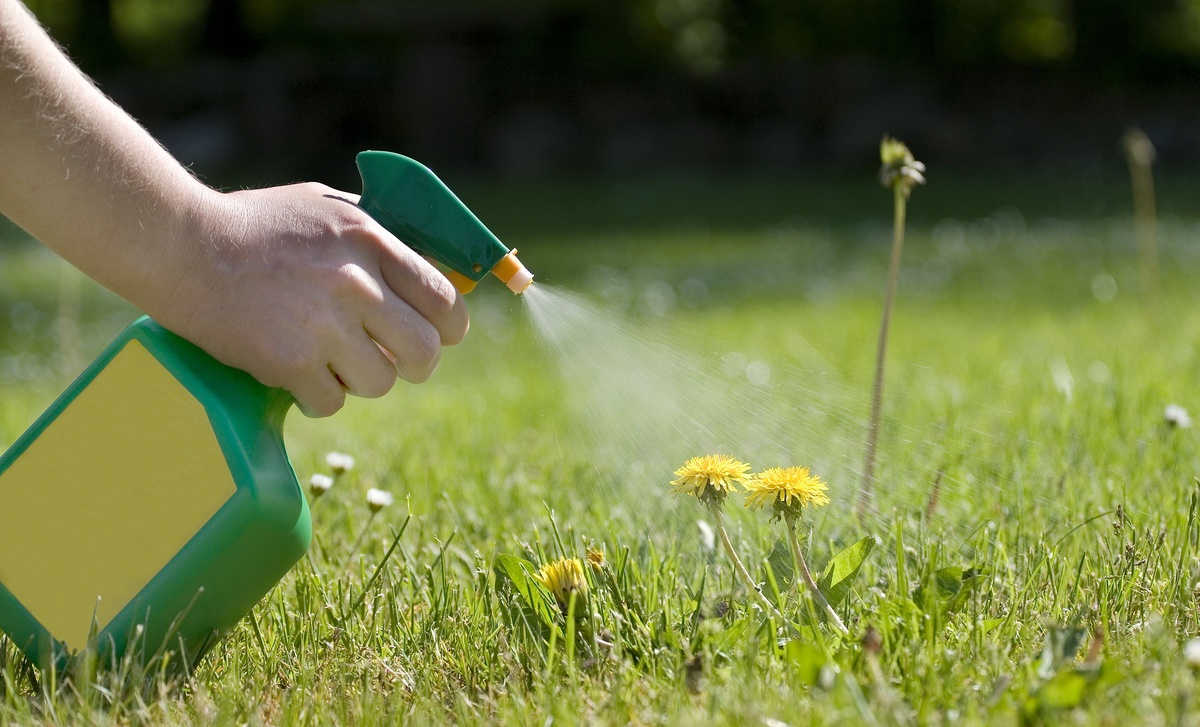

Landscaping Ideas
What To Use To Kill Dandelions In Grass
Modified: August 16, 2024
Looking for effective landscaping ideas to get rid of dandelions in your grass? Discover the best solutions to kill dandelions and achieve a lush, weed-free lawn.
(Many of the links in this article redirect to a specific reviewed product. Your purchase of these products through affiliate links helps to generate commission for Storables.com, at no extra cost. Learn more)
Introduction
When it comes to maintaining a lush, green lawn, dandelions can be a persistent nuisance. These bright yellow flowers, though charming in appearance, often disrupt the uniformity of a well-manicured lawn. However, fret not, as there are various effective methods to combat the invasion of dandelions in your grass. Whether you prefer chemical herbicides, organic remedies, or manual control methods, there are options to suit every preference and environmental consideration. In this comprehensive guide, we will explore the diverse approaches available to rid your lawn of dandelions, allowing you to make an informed decision that aligns with your landscaping goals. Let's delve into the world of dandelion control and discover the most suitable solutions for your lawn maintenance needs.
Key Takeaways:
- Dandelions are tough weeds with deep roots and prolific seeds, so it’s best to use a combination of methods like chemicals, natural remedies, and manual control to effectively get rid of them from your lawn.
- Consider using vinegar-based herbicides, boiling water, or organic herbicidal soaps as eco-friendly alternatives to chemical herbicides for controlling dandelions in your grass. These methods align with sustainable landscaping practices and minimize reliance on synthetic chemicals.
Read more: How To Kill Dandelions But Not Grass
Understanding Dandelions in Grass
Before delving into the various methods of dandelion control, it’s essential to understand the nature of these resilient plants. Dandelions (Taraxacum officinale) are perennial weeds that thrive in a wide range of conditions, making them a common sight in lawns across the globe. Their distinctive yellow flowers and characteristic puffball seed heads make them easily recognizable and, for some, a symbol of childhood nostalgia.
These hardy plants spread through an extensive network of deep taproots, allowing them to survive and thrive in diverse soil types and climates. Dandelions are prolific seed producers, with a single plant capable of generating hundreds of seeds that can be dispersed by the wind, animals, or human activity. This reproductive efficiency contributes to their widespread presence and persistent growth in lawns and gardens.
Understanding the resilience and reproductive capacity of dandelions is crucial when devising a strategy for their control. Their deep taproots make them challenging to eradicate completely, and their prolific seed production means that new plants can quickly emerge if not effectively managed. With this knowledge in mind, it becomes evident that a proactive and multifaceted approach is often necessary to effectively combat dandelions in grass.
Chemical Herbicides
Chemical herbicides are a popular and effective option for controlling dandelions in grass. These products contain synthetic or naturally derived chemicals designed to target and eliminate unwanted weeds while minimizing harm to desirable plants. When using chemical herbicides, it is crucial to follow the manufacturer’s instructions carefully and consider potential environmental impacts.
One common type of chemical herbicide used for dandelion control is a selective broadleaf herbicide. These products are formulated to specifically target broadleaf weeds such as dandelions while sparing grasses and other desirable plants. Selective herbicides often contain active ingredients such as 2,4-D, dicamba, or MCPP, which disrupt the growth and development of broadleaf weeds without significantly affecting grass species.
Non-selective herbicides, such as glyphosate-based products, offer a broader spectrum of weed control but must be used with caution in lawn settings to avoid damaging desirable vegetation. These herbicides are effective at killing dandelions and other weeds on contact, making them suitable for spot treatments or targeted applications in areas with extensive weed infestations.
It’s important to note that chemical herbicides should be applied judiciously and in accordance with local regulations. Care should be taken to prevent herbicide drift onto non-target areas, and consideration should be given to potential impacts on beneficial insects, wildlife, and water sources. Additionally, personal protective equipment should be used when handling and applying herbicides to minimize exposure and ensure safety.
When using chemical herbicides for dandelion control, timing and weather conditions are crucial factors to consider. Applying herbicides when dandelions are actively growing and not under stress can enhance their effectiveness. Furthermore, avoiding application during windy or rainy conditions can help prevent unintended herbicide drift and runoff.
While chemical herbicides can offer efficient dandelion control, it’s important to weigh the potential environmental and health implications associated with their use. For those seeking alternative approaches, organic and natural remedies provide viable options for managing dandelions in grass without relying on synthetic chemicals.
Use a selective herbicide labeled for dandelion control in grass. Look for products containing 2,4-D, dicamba, or MCPP. Apply in early spring or fall for best results. Follow label instructions carefully.
Organic and Natural Remedies
For individuals seeking environmentally friendly and non-toxic alternatives to chemical herbicides, organic and natural remedies offer effective options for controlling dandelions in grass. These methods prioritize sustainability and minimize potential harm to beneficial organisms and ecosystems while addressing weed infestations in lawns and gardens.
Vinegar-based herbicides have gained popularity as a natural solution for dandelion control. Acetic acid, the active ingredient in vinegar, can be applied directly to the foliage of dandelions to desiccate and kill the plants. While vinegar-based herbicides are non-selective and can damage any vegetation they come into contact with, they are suitable for spot treatments and can be an effective tool for managing dandelions in specific areas of the lawn.
Boiling water is another simple yet potent natural remedy for dandelion control. Pouring boiling water over dandelion plants can cause the foliage to wither and the roots to be scalded, effectively eliminating the weeds. This method is best suited for targeting individual dandelions or small patches and is most effective when applied on a sunny day to maximize the impact of the heat on the plants.
Organic herbicidal soaps, derived from natural plant oils and fatty acids, offer a gentle yet effective approach to dandelion control. These soaps disrupt the cellular membranes of weeds upon contact, leading to dehydration and eventual desiccation. Organic herbicidal soaps are biodegradable and pose minimal risk to the environment, making them a preferred choice for those seeking natural alternatives to traditional herbicides.
Furthermore, cultural practices such as regular mowing, proper lawn maintenance, and soil enrichment can contribute to reducing dandelion infestations. Maintaining a healthy and vigorously growing lawn through proper watering, fertilization, and aeration can outcompete dandelions and other weeds, minimizing their establishment and spread.
Introducing competitive ground covers and dense planting arrangements can also help suppress dandelion growth by shading the soil and limiting available resources for weed proliferation. Utilizing mulches and organic matter to cover bare soil areas can inhibit dandelion seed germination and provide a barrier against weed encroachment.
By incorporating organic and natural remedies into lawn care practices, individuals can effectively manage dandelions while promoting ecological sustainability and reducing reliance on synthetic chemicals. These methods offer a holistic and environmentally conscious approach to weed control, aligning with the principles of organic gardening and landscaping.
Mechanical and Manual Control Methods
In addition to chemical and natural remedies, mechanical and manual control methods provide alternative strategies for managing dandelions in grass. These approaches focus on physically removing or disrupting dandelion plants to reduce their presence in the lawn, offering hands-on solutions that can be particularly appealing to those seeking non-chemical interventions.
Hand pulling is a straightforward yet labor-intensive method of dandelion control that can be effective for managing small infestations. By grasping the base of the dandelion plant near the soil surface and gently pulling upward, the entire plant, including its taproot, can be extracted. It is important to perform hand pulling when the soil is moist, as this facilitates the removal of the entire root system and reduces the likelihood of regrowth.
Dandelion diggers, specialized tools with narrow, fork-like tips, are designed to penetrate the soil and pry out dandelion roots with minimal disturbance to the surrounding turf. These tools can be particularly useful for addressing deep-rooted dandelions and minimizing soil disruption in the process. When using dandelion diggers, it is essential to position the tool close to the base of the plant and lever the handle to loosen the roots before lifting the weed from the soil.
For larger-scale dandelion control, manual dethatching and aerating the lawn can help improve grass vigor and competitiveness, reducing the establishment and spread of dandelions. Thatch removal enhances soil aeration and nutrient availability, fostering a healthier lawn that can better withstand weed encroachment. Similarly, core aeration alleviates soil compaction and promotes robust root growth, contributing to a dense and resilient turf that inhibits weed proliferation.
Regular mowing at the appropriate height for the grass species in the lawn can also play a significant role in managing dandelions. Maintaining a recommended mowing height encourages strong root development and canopy density, creating an environment less conducive to dandelion growth. Additionally, frequent mowing can prevent dandelions from reaching the flowering stage, reducing seed production and the potential for future infestations.
Integrated pest management (IPM) strategies, which combine various control methods in a coordinated approach, can be highly effective for dandelion management. By integrating mechanical and manual control methods with cultural practices, such as proper irrigation and fertilization, and supplementing with targeted herbicide applications when necessary, a comprehensive and sustainable approach to dandelion control can be achieved.
By incorporating mechanical and manual control methods into lawn maintenance routines, individuals can actively engage in the care and preservation of their grass while addressing dandelion infestations in an environmentally responsible manner. These hands-on approaches offer a sense of connection to the landscape and provide effective alternatives to chemical interventions, contributing to the overall health and beauty of the lawn.
Read more: What To Use To Kill Grass
Conclusion
As we conclude our exploration of dandelion control methods, it becomes evident that a multifaceted approach is often the most effective strategy for managing these resilient weeds in grass. Understanding the nature of dandelions, with their deep taproots and prolific seed production, underscores the importance of proactive and diverse control measures to minimize their presence in lawns and gardens.
Chemical herbicides offer efficient and targeted solutions for dandelion control, providing selective and non-selective options for addressing weed infestations. However, it is essential to use these products judiciously, considering their potential impacts on the environment and human health.
For those seeking natural and organic alternatives, remedies such as vinegar-based herbicides, boiling water, and organic herbicidal soaps present effective and environmentally conscious options for managing dandelions. These methods align with principles of sustainability and minimize reliance on synthetic chemicals.
Mechanical and manual control methods, including hand pulling, dandelion diggers, and cultural practices such as dethatching and proper mowing, offer hands-on approaches to dandelion management. These methods provide opportunities for active engagement in lawn care while reducing the need for chemical interventions.
By integrating these diverse approaches into a cohesive dandelion control strategy, individuals can effectively minimize dandelion infestations while promoting the health and vitality of their grass. Integrated pest management (IPM) principles, combining multiple control methods in a coordinated manner, can further enhance the sustainability and long-term success of dandelion control efforts.
Ultimately, the choice of dandelion control methods depends on individual preferences, environmental considerations, and the scale of the weed infestation. By evaluating the benefits and implications of each approach, property owners can make informed decisions that align with their landscaping goals and ecological values.
As we strive to maintain vibrant and resilient lawns, it is essential to approach dandelion control with a balanced perspective, considering the interplay of chemical, natural, and mechanical methods in creating a landscape that thrives in harmony with nature.
With a comprehensive understanding of dandelion control options and a commitment to sustainable lawn care practices, property owners can cultivate healthy, weed-resistant grass that enhances the beauty and functionality of outdoor spaces, providing enjoyment for years to come.
Frequently Asked Questions about What To Use To Kill Dandelions In Grass
Was this page helpful?
At Storables.com, we guarantee accurate and reliable information. Our content, validated by Expert Board Contributors, is crafted following stringent Editorial Policies. We're committed to providing you with well-researched, expert-backed insights for all your informational needs.
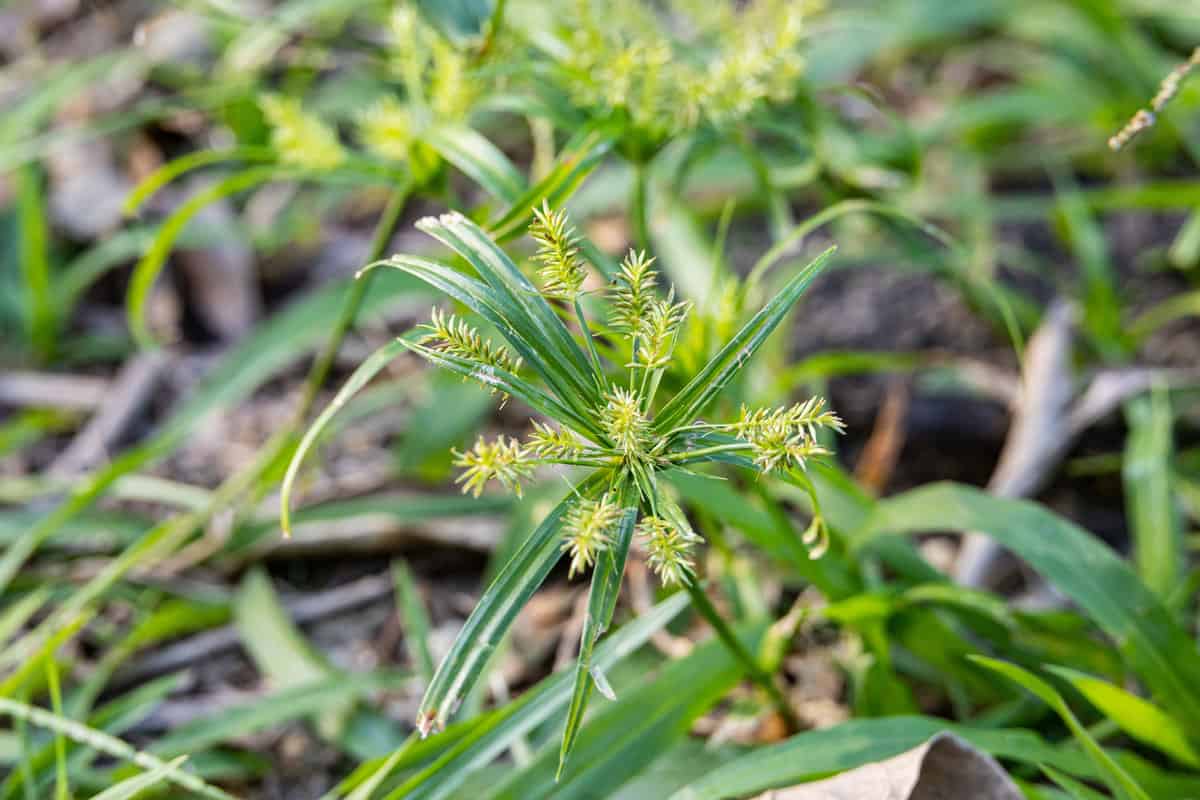
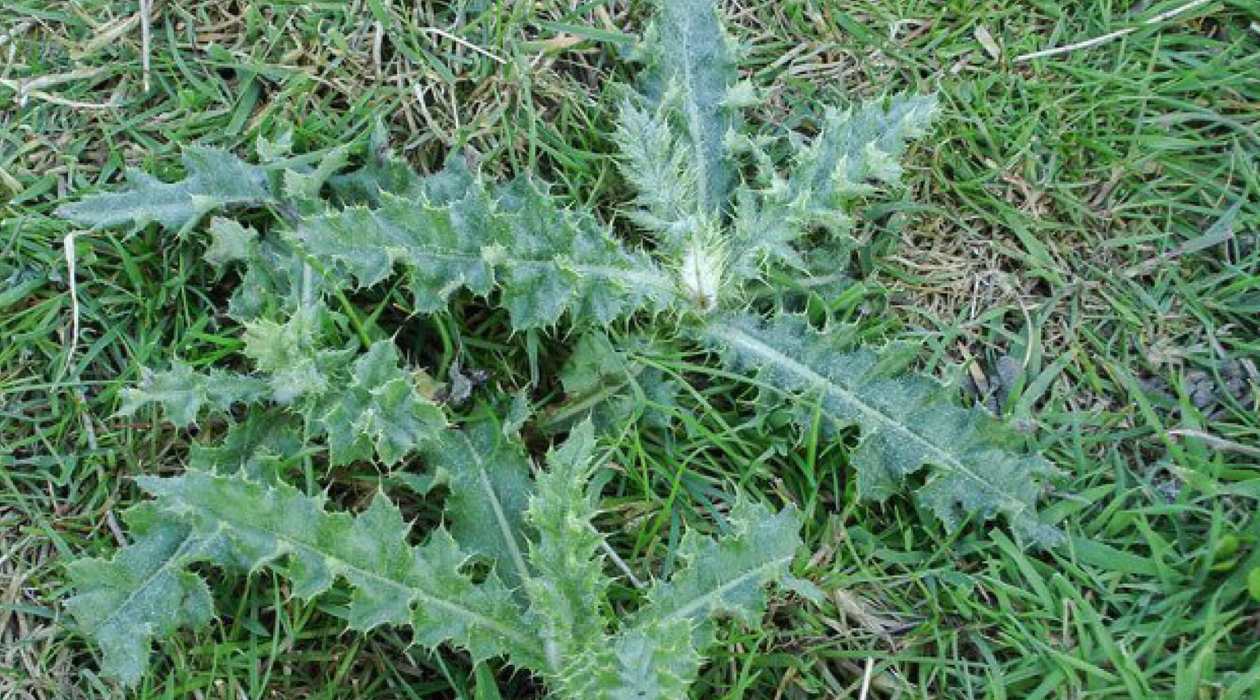
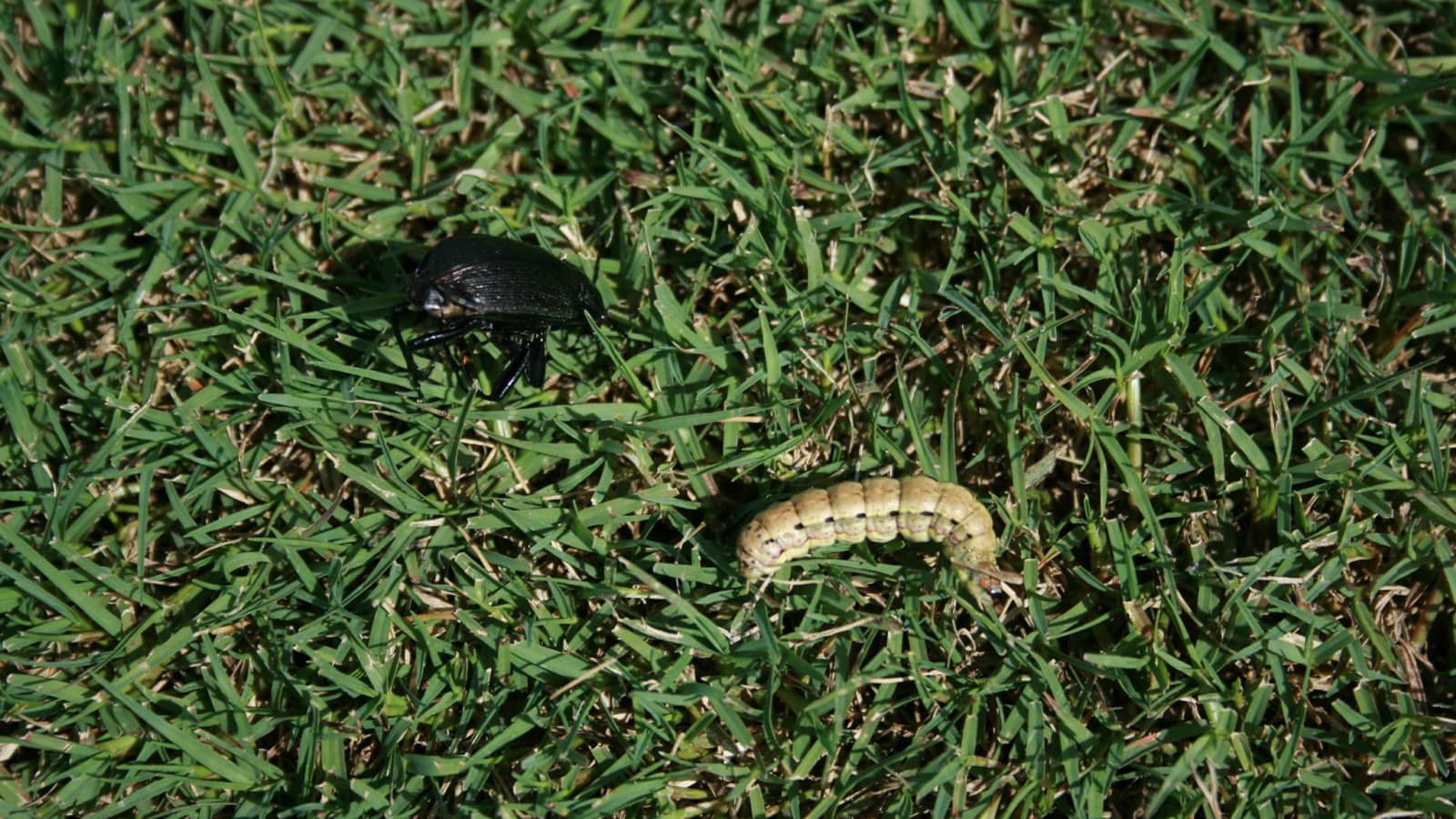
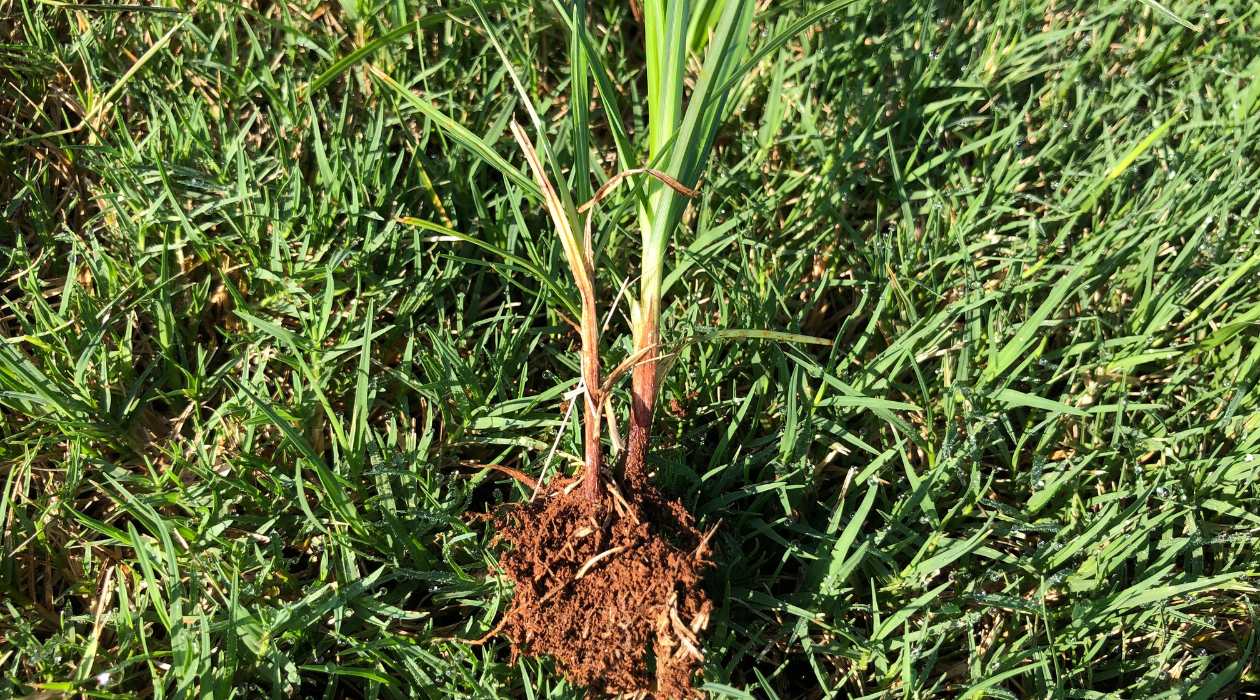
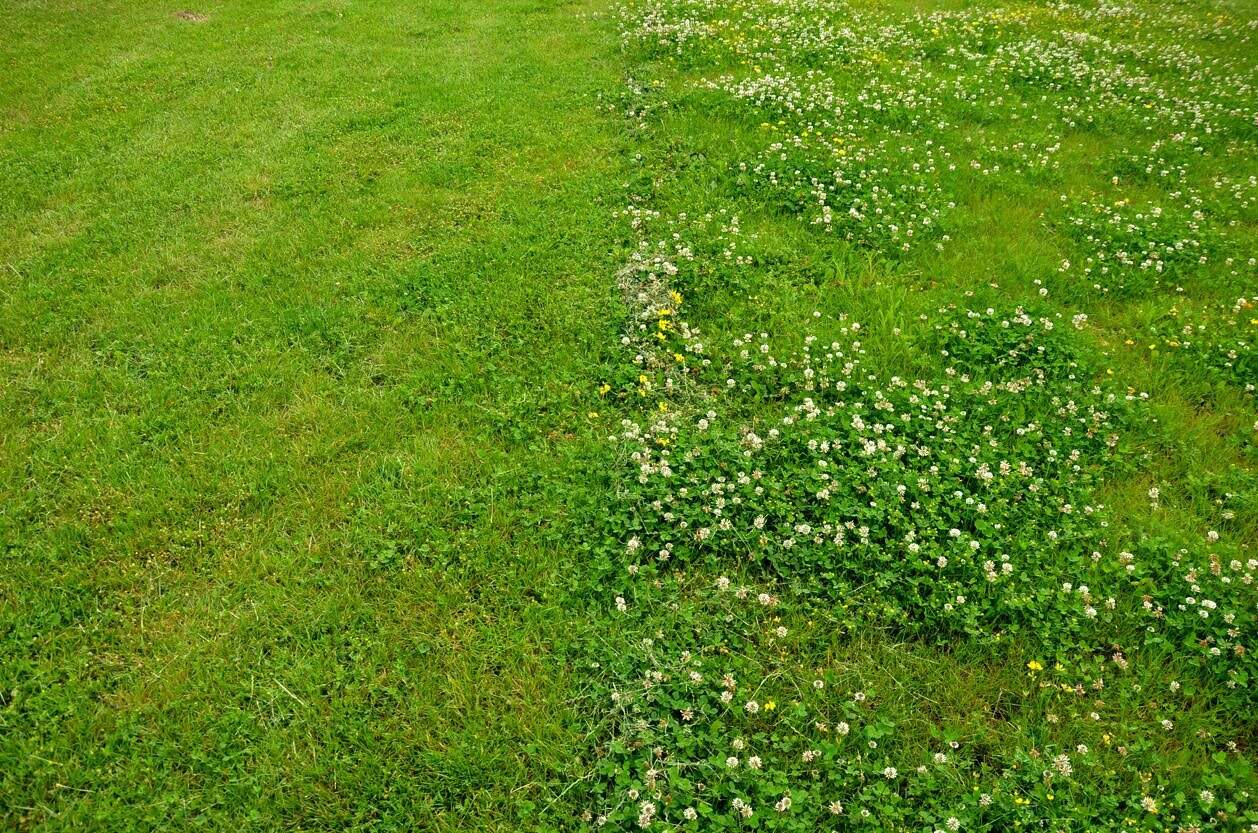
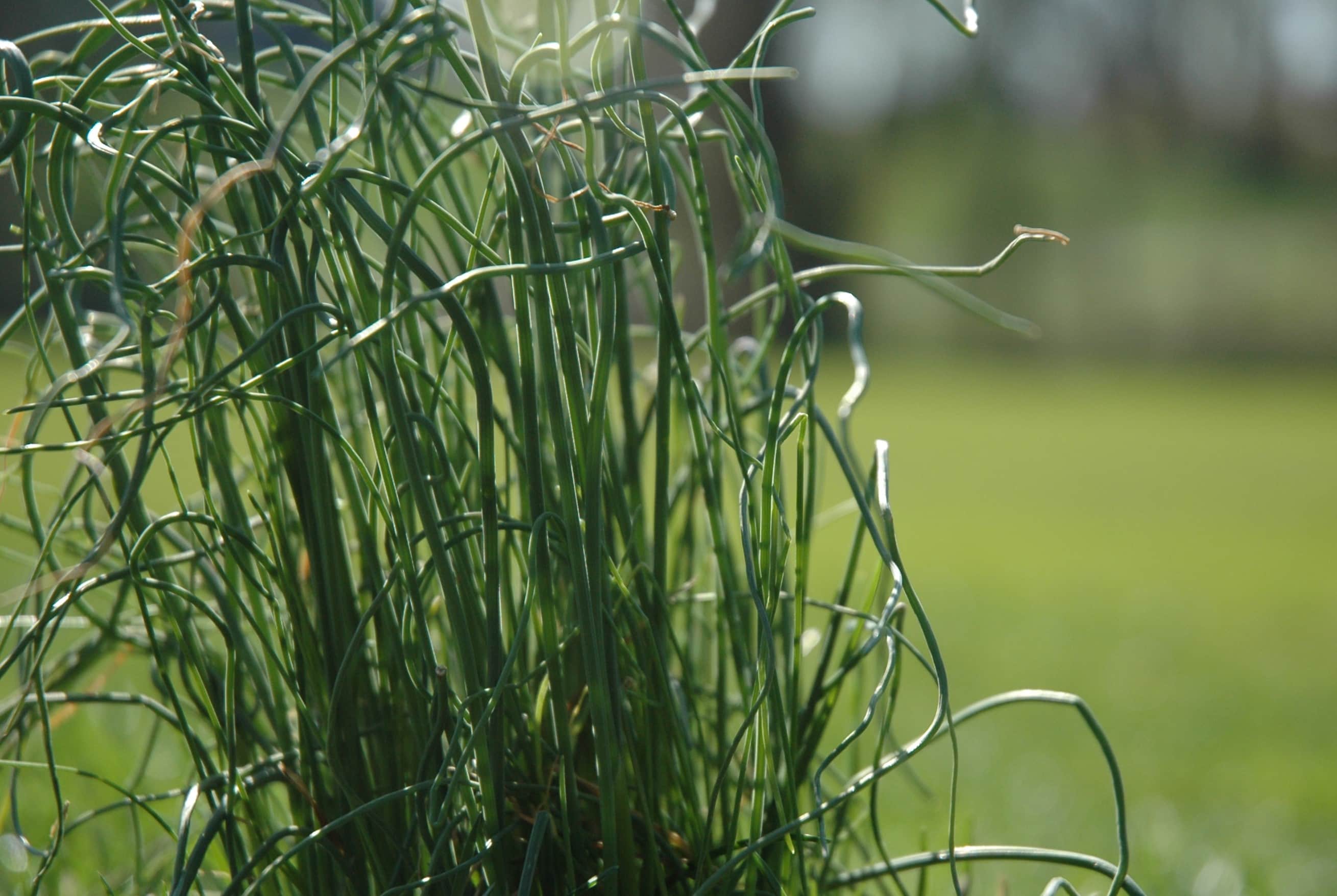


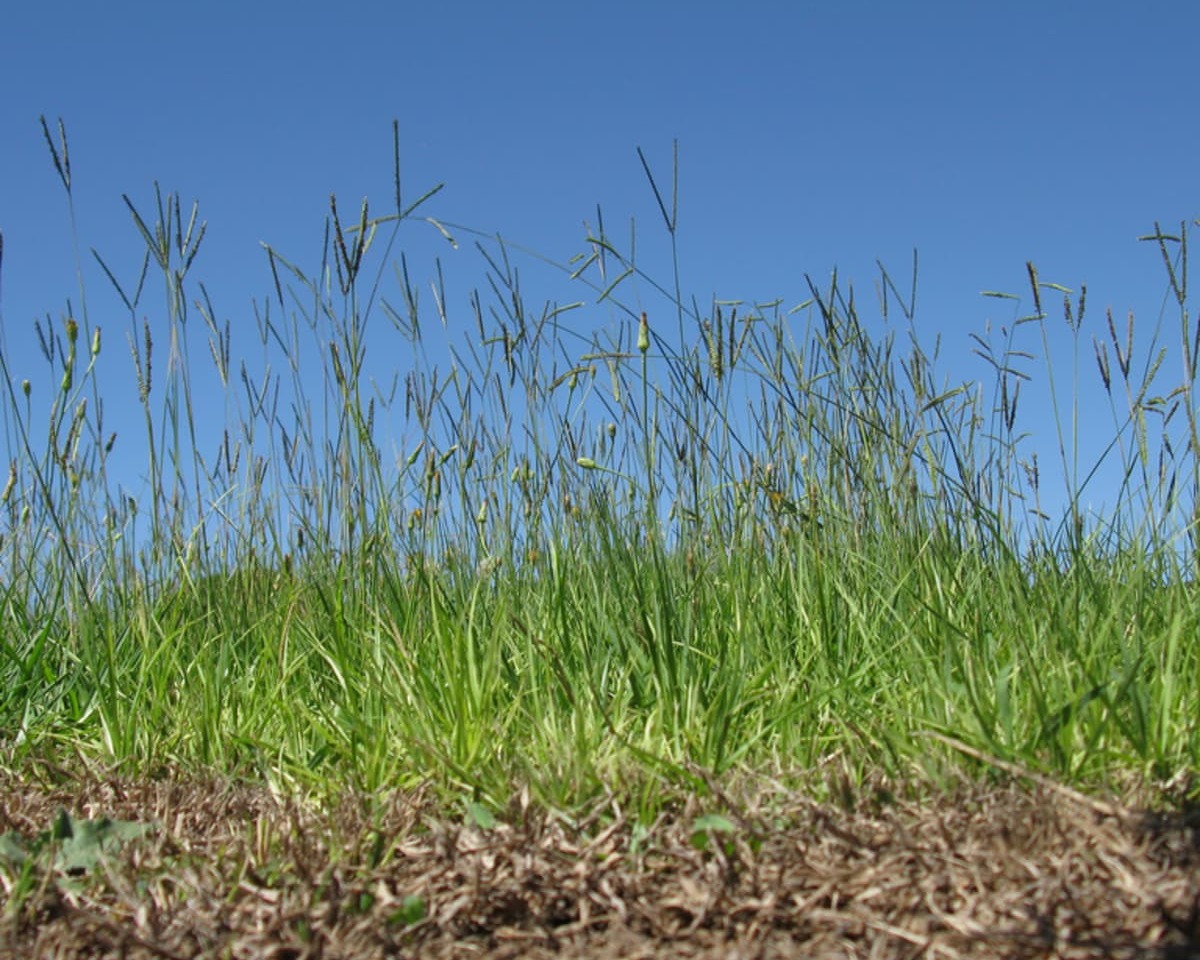
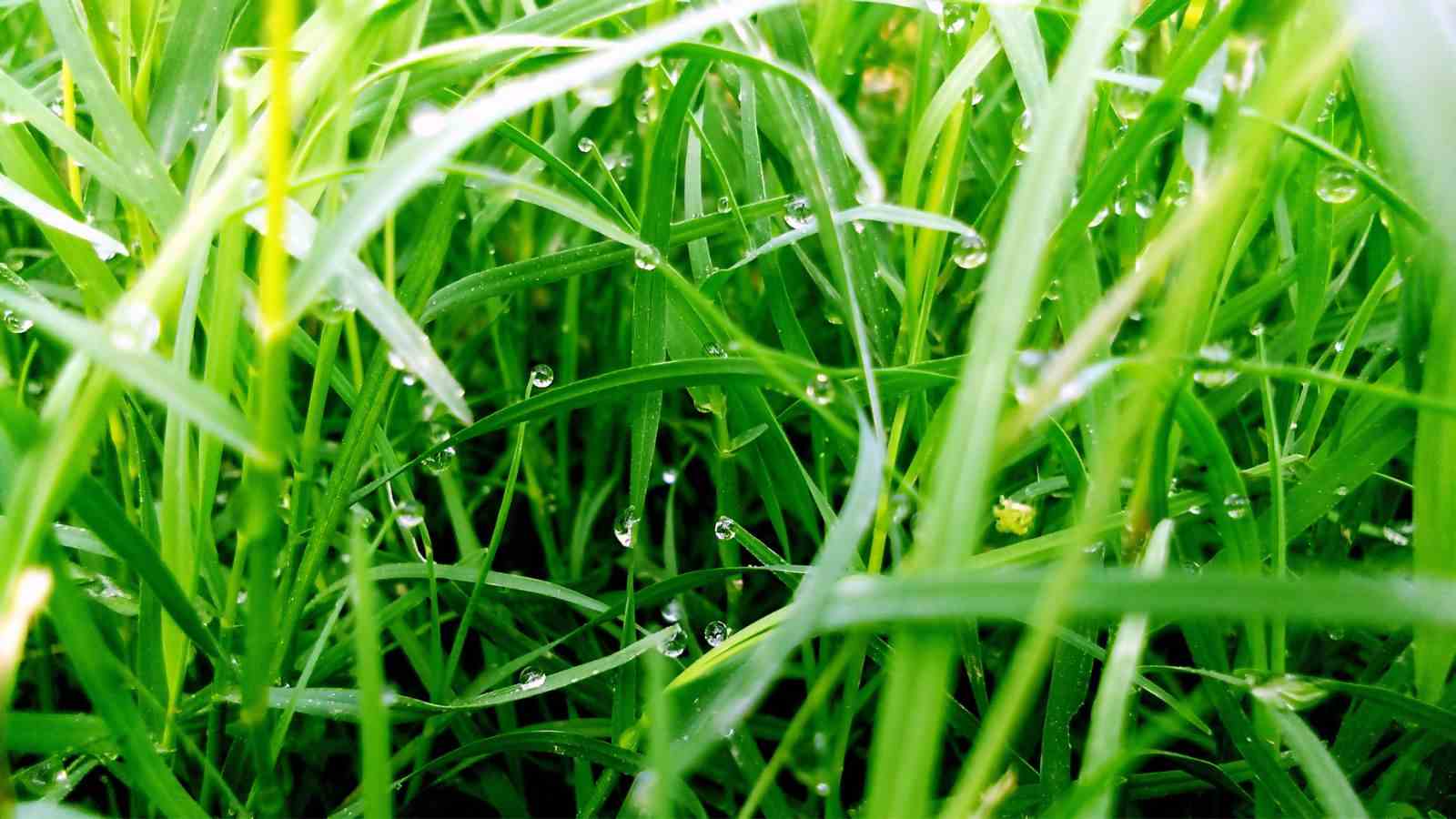

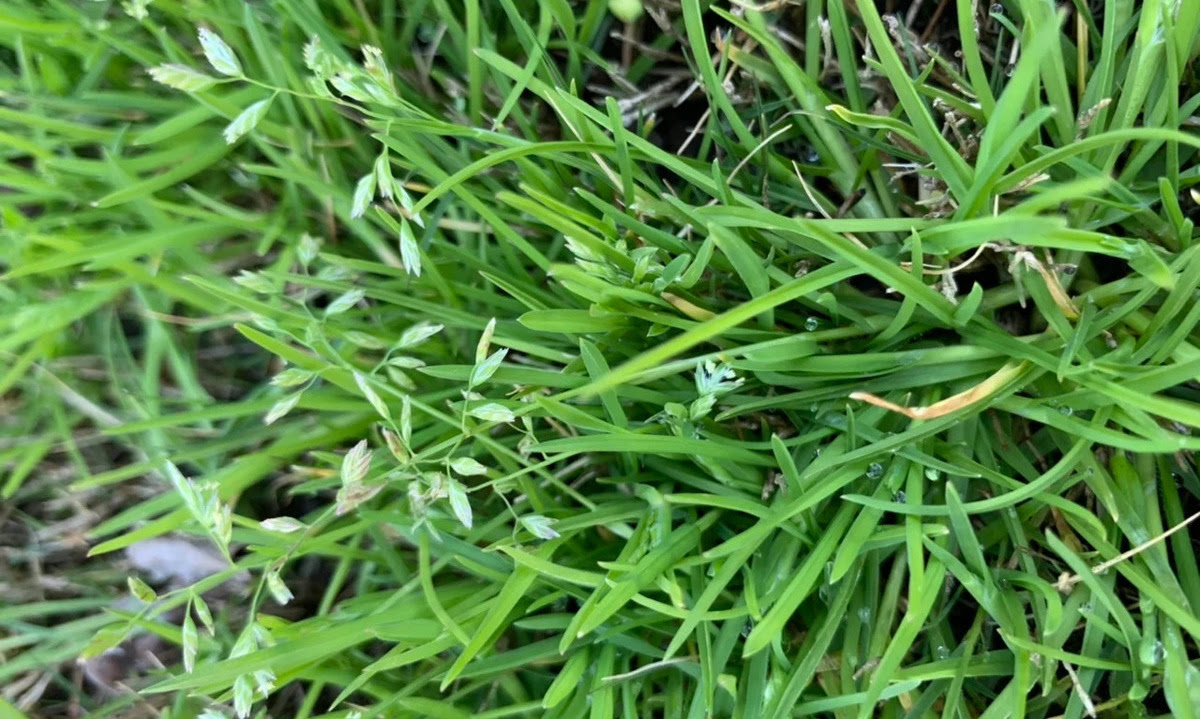
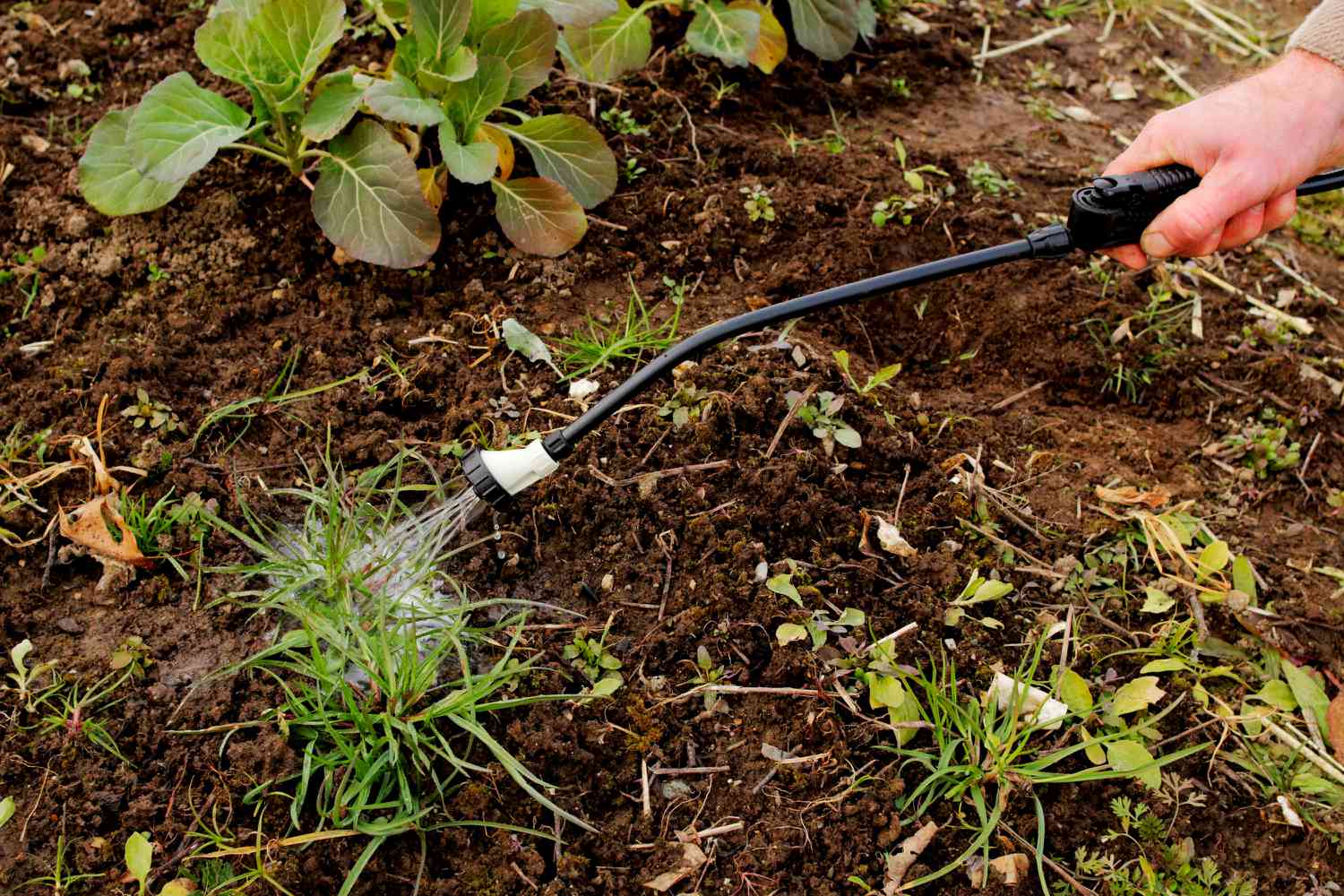
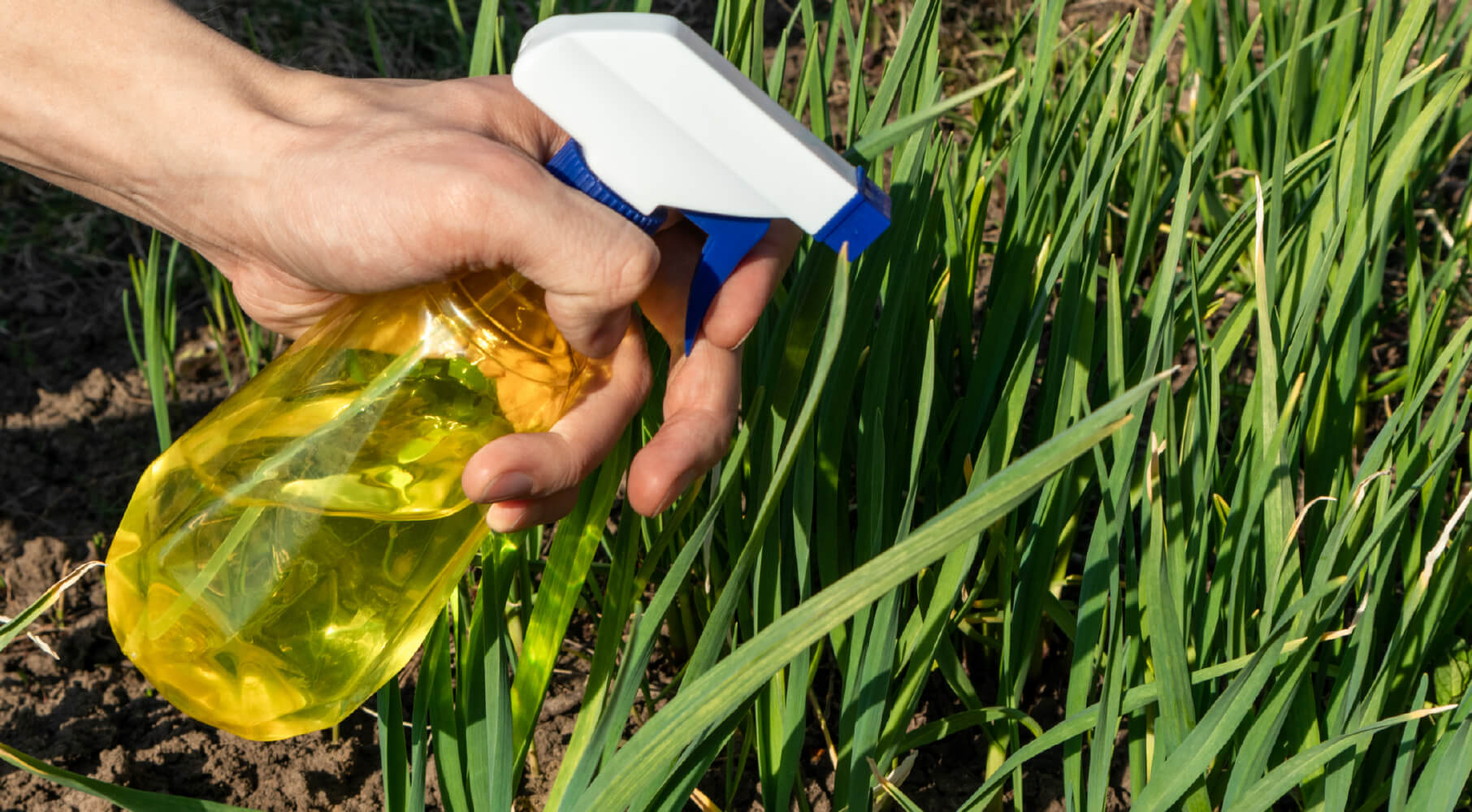

0 thoughts on “What To Use To Kill Dandelions In Grass”